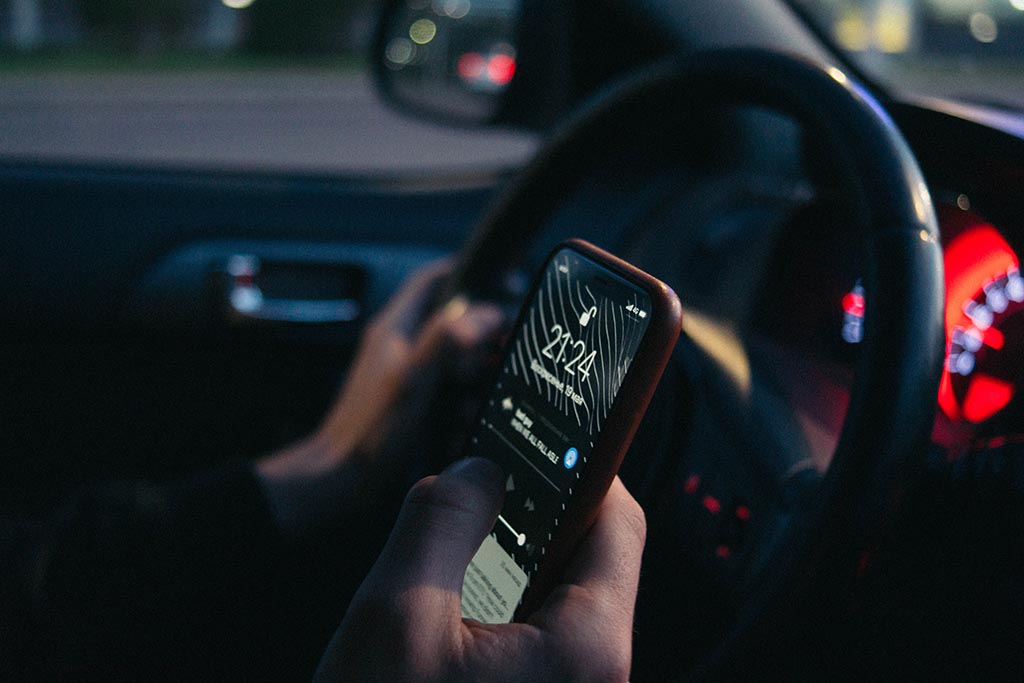As Max Wasserman of The Daily indirectly noted back in late July 2017, distracted driving isn’t just something that plagues motorists and pedestrians. In places all across the country, it’s having a negative impact on cyclists as well. For further proof about the wide-spread nature of this problem, check out the letters New York Times’ Editor, Dean Baquet, received in early August 2017. They too tell the tale of what daily distractions are doing to this country, beyond the rising accident statistics.
There’s the physical and psychological damage cyclists experience to contend with as well. In June 2017, Reuters’ published the results of a bicycle accident study conducted in our own State of California. It clearly showed that medical related expenses alone may cost cycling enthusiasts thousands of dollars per accident. Of course, that estimation doesn’t even begin to scratch the surface of the incidents’ true cost, which often includes loss of future wages, bouts of anxiety and permanent disabilities.
For example, did you know that people involved in bicycle accident may find themselves diagnosed with PTSD? It’s true and such occurrences are widely noted by Family Doctors. Those cyclists unfortunate enough to be diagnosed with the condition may suffer irreparably damaged relationships as well as lifelong battles against giving in to depression, hallucinations, and suicidal thoughts.
As such, it is imperative that our nation’s governing bodies consider implementing measures designed to do more than just penalize distracted drivers. They must ensure the safety of cyclists and provide ways to obtain damage relief as well. Unfortunately, not all governing bodies or accident attorneys are well versed in bicycle law. As such, they may not be adequately prepared to fight for the rights of those whose lives have been impacted by bicycle accidents.
At the Law Office of Gary Brustin, we are prepared to represent and fight for the rights of bicycle accident victims as well as their families. To learn more about what we do and why, please contact us directly today.

